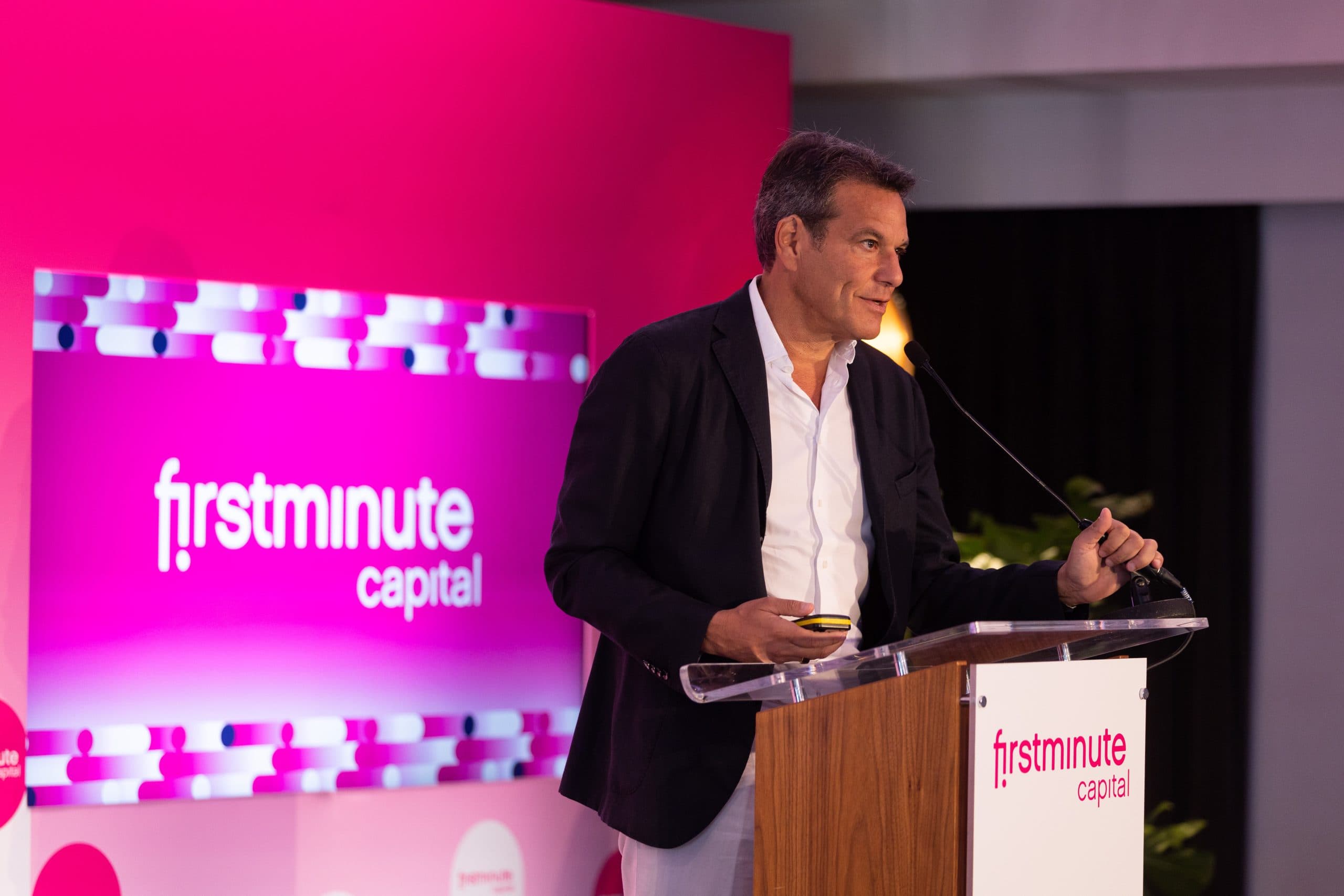
Research shows that leaders are nine times more likely to to be engaged in their role and 2.4 times more likely to stay at their company when they feel a sense of purpose. Somewhat unsurprising really, given leaders are no different to anyone else in employment, we all want a sense of where we’re going and why it matters. Layered with knowing one’s actions are significant and contribute to a larger framework plays a crucial role in motivation, well-being, and overall life satisfaction.
That said, it’s often hard to keep purpose and engagement at the top of the priority list when matched with the day to day pressures of delivery and hitting targets. The two sides of the balance scale should work in tandem, but one often outweighs the other.
Naturally, employees look to their organisation’s executives and leadership team to set a tone and expectations. They know that company leadership determines whether their engagement is important, or even if it matters at all. That’s why CEOs must think proactively about how to psychologically and emotionally engage their executives. This is the only way to drive and sustain engagement throughout the organisation because engagement at the top cascades down.

Good leaders leave legacies and make real change.
Perhaps one of the world’s favourites is Jacinda Ardern, who navigated New Zealand through the complexities of the COVID-19 pandemic with a blend of empathy and decisive action. Her transparent communication and commitment to the well-being of her citizens not only curbed the virus’s spread but also rattled politicians world-over with the almost-too-obvious lesson that simplicity, decision and communication should be nonnegotiables, yet most fall short.
Under the leadership of its founder Yvon Chouinard and CEO Ryan Gellert, Patagonia has made audacious moves that prioritise environmental sustainability over profit. The company famously ran an ad during Black Friday with the headline “Don’t Buy This Jacket,” encouraging consumers to consider the environmental impact of their purchases. This anti-consumerist stance is a radical departure from traditional retail strategies, emphasising the brand’s commitment to reducing waste and setting a tone for what the brand stands for – something which would not be possible without a decisive leader at the helm. When Patagonia doubled down on its earth-first priorities and put its ownership under the Holdfast Collective and the Patagonia Purpose Trust it also sent a clear message to its employees: we will protect your employment and the values of the brand you chose to work for, there will be no risk of outside influence derailing that. Indeed, a quick look on Google into staff retention, engagement and satisfaction at Patagonia reads particularly highly which comes as no surprise.
Not every story is one of triumph though. WeWork is one such example, where CEO Sandeep Mathrani struggled to regain investor confidence after the company’s tumultuous past. Despite efforts to stabilise, WeWork continued to face significant financial losses and failed to deliver on its ambitious turnaround plans. Naturally, when Sandeep himself left the company, employee engagement was further rattled. Only a quick look into staff reviews shows a culture of distrust and concerning retention. Another example is the collapse of Silicon Valley Bank, where a series of risky decisions and inadequate risk management strategies led to a catastrophic failure, rattling the financial sector and leaving countless startups in limbo.
Meanwhile, Peloton’s CEO, Barry McCarthy, faced intense scrutiny as the company struggled with plummeting sales and mounting operational costs, a stark contrast to its pandemic boom. These cases highlight that even in thriving industries, leadership missteps – whether through over-ambition, poor risk assessment, or failure to adapt – can derail companies and erode stakeholder trust, serving as sobering reminders of the importance of sound leadership in business.

Here are Marble we pitch on over 130 projects per annum, for over a decade we have worked with businesses on how to engage their leaders, clients and their value communities.
We spend thousands of man-hours working on bespoke briefs to solve the problems our clients and their leaders have. And it is basically the same problem every time: how to engage, reward, educate and galvanise leaders.
When we win pitches, it is because the client, like us, is invested in the solution we are providing and can see how it works to their end goal. Where it goes wrong however – namely with the briefs we pitch for but don’t win – is when hours are wasted in arbitrary areas of production or delivery, budget negotiations and often, education and trying to steer the client toward something that would in fact create impact. We need the real focus to be on tangible impact falls far off the mark, or is not measured or often this falls away or is not considered at all.
All of those successful leadership examples I mentioned have one thing in common – the leader has a purpose, has a mission, they know where they are going. And decisive leaders with clarity are those who are also able to motivate and engage their staff. To help leaders understand their own mission, we craft programs that allow leadership teams to come together over unique experiences. These take the very best learnings from sports and the arts, and educate on how to apply them to the individual’s world of work. Underpinned by high-performance experiences and audacious, inspiring thought leadership programmes.
In the end, when we work with clients who don’t know how to solve their problems and are fixated on the wrong solutions, we waste time and money trying to create imperfect solutions. When we work with open-minded change-makers, magic happens.
